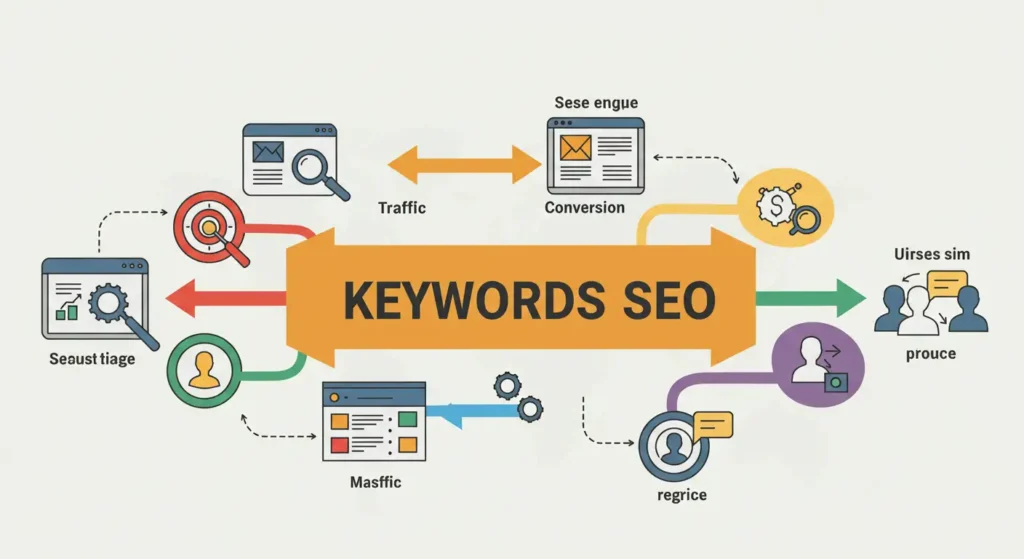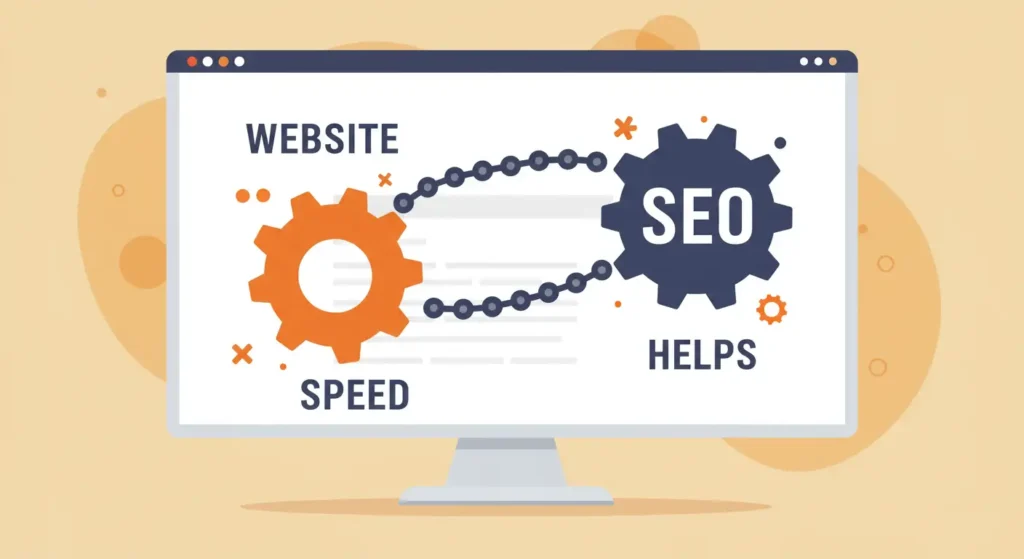So you’ve created a great website or blog, but no one is visiting it. You’ve heard of SEO, or Search Engine Optimization, but it sounds like a complex, technical term. Don’t worry, it’s not as intimidating as it seems. Think of SEO as the process of making your content attractive to search engines like Google and Naver so they’ll show it to more people.
Here’s a quick breakdown of the core concepts you need to know.

1. Keywords: The Foundation of SEO
Keywords are the words and phrases people type into a search engine to find information. If you’re writing a blog post about “baking sourdough bread,” that’s a key phrase you’ll want to target.
Find Your Keywords: Use tools like Google’s Keyword Planner, Ahrefs, or SEMrush to find out what people are searching for.
Use Them Naturally: Once you have your keywords, sprinkle them throughout your content—in your title, headings, and the body of your text. But don’t “keyword stuff” by repeating them over and over. This sounds unnatural and can hurt your ranking.

2. On-Page SEO: What's on Your Page
This refers to all the things you can do on your website to improve its ranking.
Catchy Title Tag & Meta Description: These are the first things people see in the search results. Make them compelling and include your primary keyword.
Quality Content: This is the most important part. Write high-quality, in-depth, and useful content that answers the user’s questions. Longer content (1,000+ words) often ranks better.
Internal Linking: Link to other related pages on your website. This helps search engines understand the structure of your site and keeps visitors engaged.
Image Alt Text: Add a descriptive tag to your images. This helps search engines understand what the image is about and is also important for accessibility.

3. Off-Page SEO: What Happens Elsewhere
This involves all the actions taken outside of your website to impact your rankings.
Backlinks: A backlink is a link from another website to yours. Think of it as a “vote” of confidence. The more high-quality backlinks you have, the more authority your site will have in the eyes of search engines.
Social Media: While social signals (likes, shares) aren’t a direct ranking factor, they can drive traffic to your content, which can indirectly help your SEO. Sharing your content on social media is a great way to get it in front of more people.

4. Technical SEO: The Hidden Mechanics
This is the most “technical” part of SEO, but a basic understanding is enough for most bloggers.
Mobile-Friendliness: Make sure your website is easy to use on a smartphone. Google now uses “mobile-first indexing,” meaning it primarily uses the mobile version of your site to determine its ranking.
Site Speed: A slow website frustrates visitors and can hurt your rankings. Use tools like Google’s PageSpeed Insights to check your site’s performance.
Putting It All Together
SEO isn’t a one-time task; it’s an ongoing effort. Start by focusing on creating great content and using your keywords naturally. Then, work on getting backlinks and improving your site’s technical performance.
By following these simple steps, you’ll be well on your way to making your content more visible and attracting the audience you deserve.

